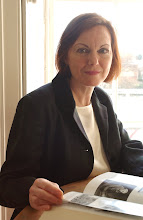
Carol Gilbert mentioned the 'Bloomsbury Searchers' in her article about the Foothead family. Searchers were people hired by London parishes to certify the cause of death for listing in the London Bills of Mortality. These were begun early in the 16th century, mainly to warn of plague epidemics, and published weekly. Most searchers were elderly women who were also often long-term pensioners of the parish. They were probably seen as expendable in the event of the highly infectious nature of plague but certainly they could learn to recognise its very florid symptoms.
As far as other causes of death are concerned, there is no historical evidence that searchers were given instructions on how to do their job so the trustworthiness of their findings is disputed. However, they did not always have to rely totally on their own judgements because of input by the medical practitioners (assuming that ordinary people could afford these) and lay people who had been attending the sick person. Nevetheless, the Bills of Mortality were the earliest example of how death trends could be observed. Even with the introduction of the Registration of Births, Marriages and Deaths Act (1836) in England and Wales (1855 in Scotland), many registered deaths remained uncertified by a medical practitioner. It was only in 1926 that deaths in England Wales could not be registered without a doctor's certification of death from natural causes or a coroner's order for burial.
The picture shows a page from The London Bills of Mortality, 1664-1665. During this week there were 112 deaths from plague out of 558 deaths in total (20 per cent). There were 206 Christenings.
